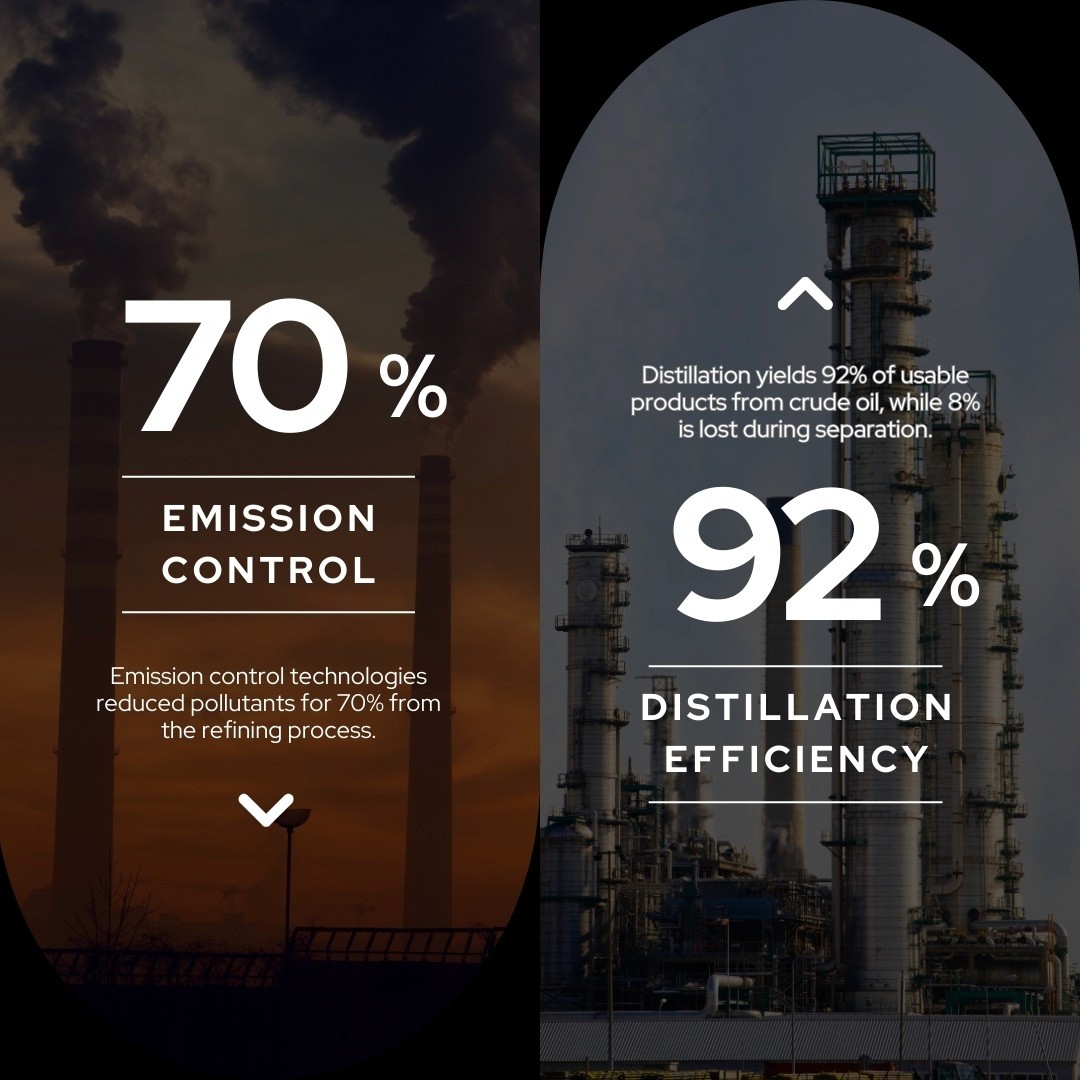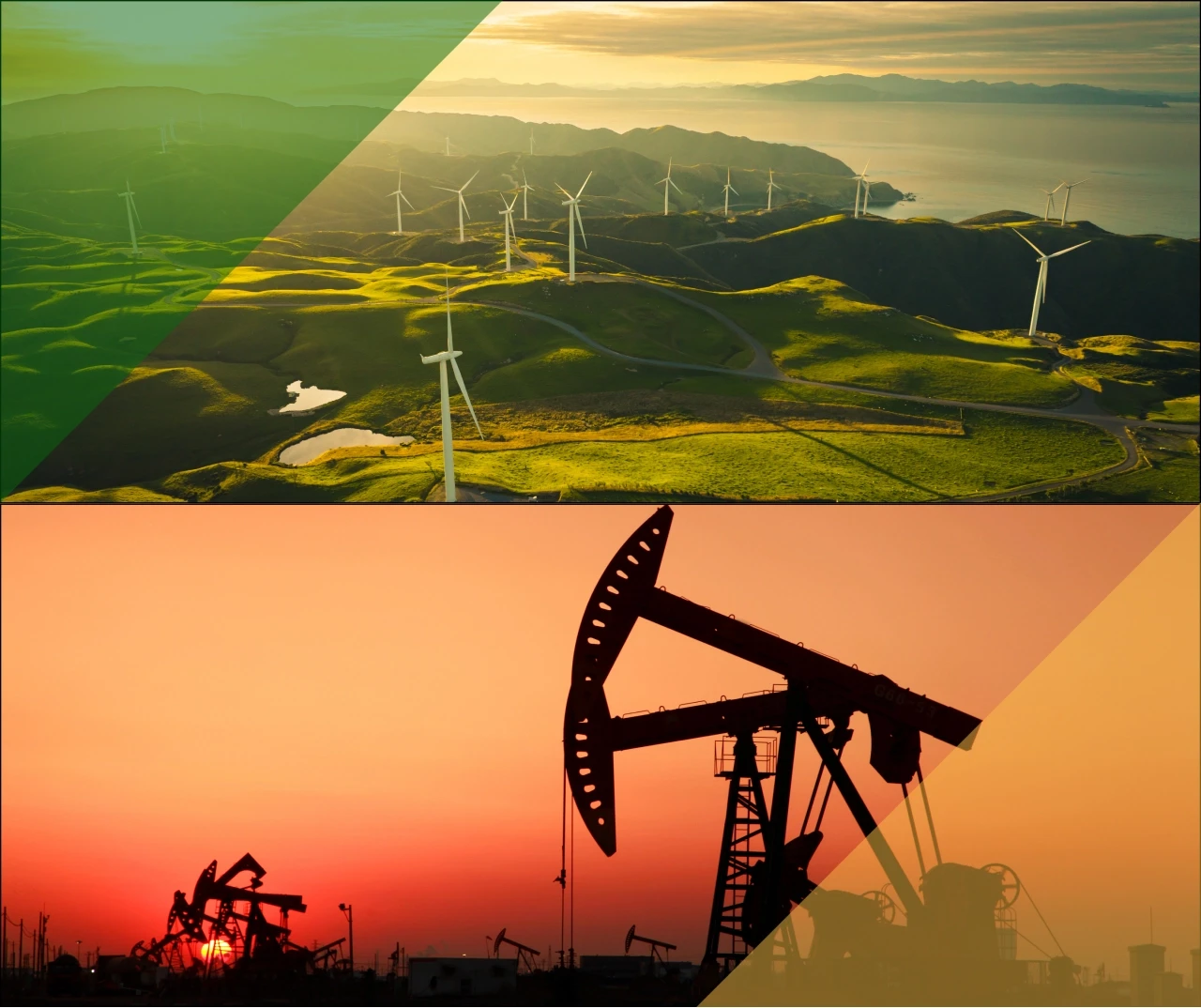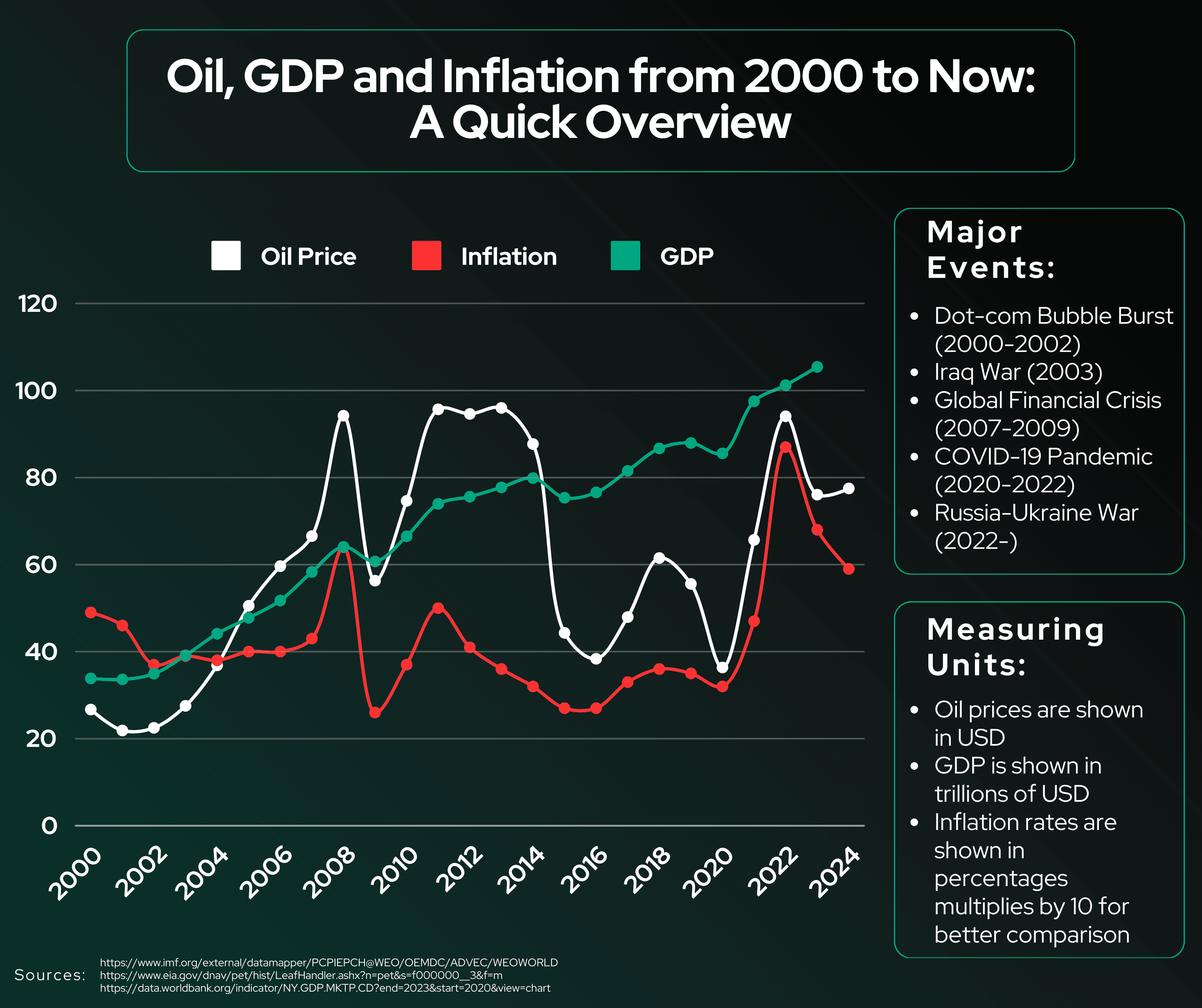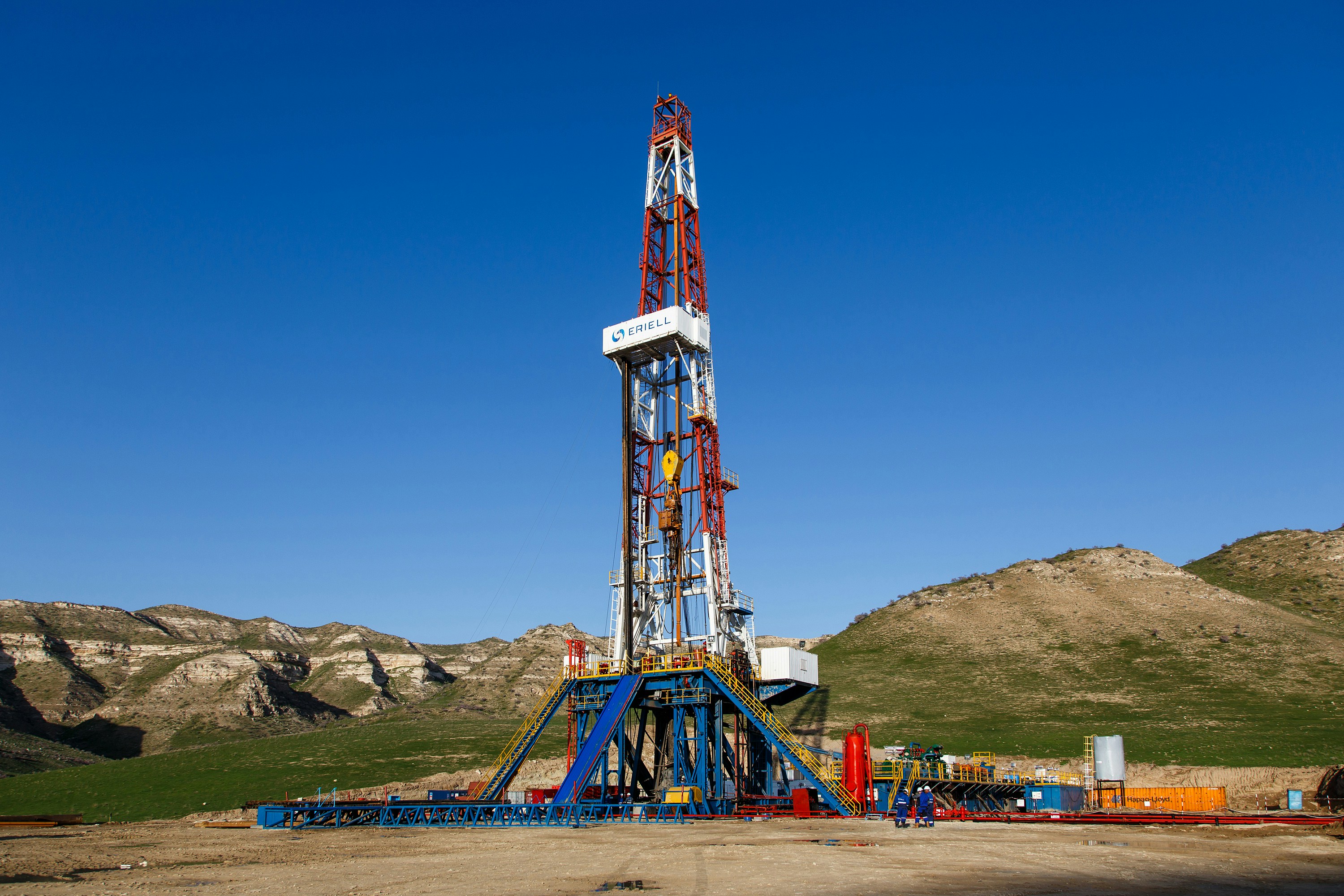Oil rigs and platforms are critical structures in the exploration, extraction, and processing of oil and gas from beneath the Earth's surface. Situated either onshore or offshore, these complexes play a vital role in the global energy supply chain.
What are Oil Rigs and Platforms?
An oil rig is specifically designed to drill wells in the Earth, while a platform is the structure that supports the drilling rigs and other necessary equipment. Offshore platforms are engineering marvels that house the personnel, rigs, and machinery needed to tap into underwater oil reserves. These platforms can be fixed to the ocean floor, float, or be movable systems depending on the depth of water and the geological conditions.
Types of Oil Platforms
Fixed Platforms: Used in shallow waters. These are steel or concrete structures fixed to the ocean floor.
Compliant Towers: Similar to fixed platforms but with a flexible, narrower tower that can sway with wind and water currents, suitable for slightly deeper waters.
Semi-Submersible Platforms: Floating structures that offer stability and mobility for drilling in deeper waters.
Floating Production Systems: Used in deepwater and ultra-deepwater drilling, these include Tension Leg Platforms (TLPs) and SPAR platforms, which are moored to the seabed.
The Role of Technology
Modern oil rigs and platforms are equipped with advanced technology to maximize efficiency and minimize environmental risks. Technologies such as dynamic positioning to maintain location without anchoring, advanced drilling techniques like horizontal drilling, and automation reduce human error and enhance safety.
Economic Impact
Oil rigs and platforms are not only engineering feats but also significant economic drivers. They create jobs, both directly on the rigs and indirectly through the supply chain. Moreover, the oil and gas they produce are crucial to the global economy, influencing everything from energy prices to geopolitical strategies.
Environmental Considerations
Despite their economic importance, oil rigs pose environmental risks, primarily from oil spills and routine operations affecting marine ecosystems. Consequently, the industry is under constant pressure to adopt more sustainable practices and technologies that reduce environmental footprints.
Conclusion
As the world slowly transitions to renewable energy, the role of oil rigs in the energy sector remains substantial. Innovations in technology and stricter environmental safeguards are shaping the future of oil exploration and production, ensuring that these structures continue to be pivotal in meeting the world's energy demands while striving to minimize their environmental impact.





